Nasal polyps are swellings that develop on inflamed tissue lining of the nose. Nasal polyps usually start beside the ethmoid sinuses, which are placed at the top of the inside of the nose, and grow into the open areas. They may be tawny, grey, or pink and of different sizes.
Nasal polyps are filled with inflammatory fluid and they can be in connection with an allergy and infection. Nasal polyps are common and benign growths in the nasal cavity. Very often they contribute to complications of bacterial sinus infections. There are many matters about the cause which are not explained, as well as the best treatment for these growths.
However, polyps are more frequent in people with asthma, allergic rhinitis, or rhinitis caused by emotional disturbance. Also, this condition is connected with the growth of Churg-Strauss syndrome, which is an inflammation of blood vessels, and with aspirin hypersensitivity or other nonsteroidal anti-inflammatory medicines, such as naproxen or ibuprofen. Also, at least a quarter of people with cystic fibrosis have nasal polyps. It is an incurable genetic disease, that causes the production and secretion of abnormal fluids, containing thick mucus from nasal and sinus membranes.
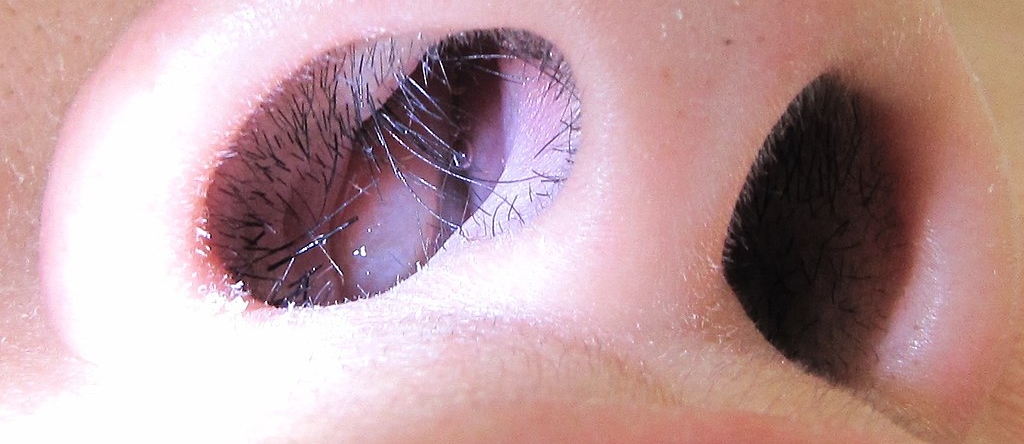
Nasal Polyps Signs
The common sign of large nasal polyps is a blocked nose. The person has to breathe through the mouth. Except for causing the blockage in the nose, polyps diminish the sense of taste and smell. Nasal polyps can cause a continuously runny nose. Postnasal drip is caused by mucus and discharge coming from the back of large polyps.
Nasal Polyps Treatment
Nasal sprays and drops that have corticosteroids can decrease nasal polyps in some cases. Sometimes, the doctor may recommend an oral corticosteroid, such as Prednisone, either alone or in combination with a nasal spray. Since oral corticosteroids can develop serious side effects, the patient usually takes them for a short period.
Depending on the location, number, and size of polyps, the doctor may recommend surgery. There are two types of surgery: polypectomy and endoscopic sinus surgery.
Polypectomy is carried out through the nostrils and does not influence the rest of the face. Small surgical devices are placed into the nostrils to remove the polyps. It is done under the local or general anesthesia. Endoscopic sinus surgery may be necessary if the polyps are large. The surgeon inserts a small tube with a tiny camera into the nostrils and guides it into the sinus cavities. The surgeon uses this device to remove the growths.
After the surgery, the patient should rest at home. Painkillers will be necessary at the beginning of the recovery. The doctor may also recommend using a saltwater spray or nasal lavage to rinse the nasal passages or even antiseptic creme. The patient should avoid allergens, pollutants, and chemicals.
- In this prospective cohort study, 47 patients with CRSwNP, who underwent primary or revision extended endoscopic sinus surgery, were followed. Clinical symptoms and total nasal endoscopic polyp score were evaluated before, 6 years and 12 years after surgery.
- Twelve years after surgery, 38 out of 47 patients (80.9%) were available for examination. There still was a significantly better symptom score and total nasal endoscopic polyp score compared to before surgery (P?0.001).
- Within the 12-year follow-up period, 30 out of 38 patients developed recurrent nasal polyps, of which 14 patients underwent additional revision surgery. Comorbid allergic sensitization and tissue IL-5 levels were found to be significant predictors for the need of revision surgery.
- www.nhs.uk/conditions/nasal-polyps/
- medlineplus.gov/ency/article/001641.htm
- Photo courtesy of MathieuMD by Wikimedia Commons: commons.wikimedia.org/wiki/File:Polype_nasal.jpg


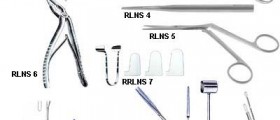



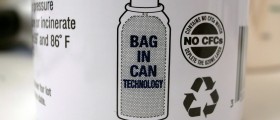



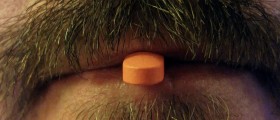

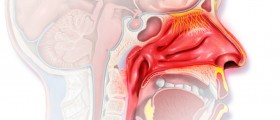
_f_280x120.jpg)
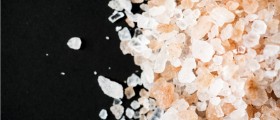
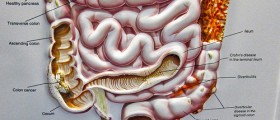

Your thoughts on this
Loading...